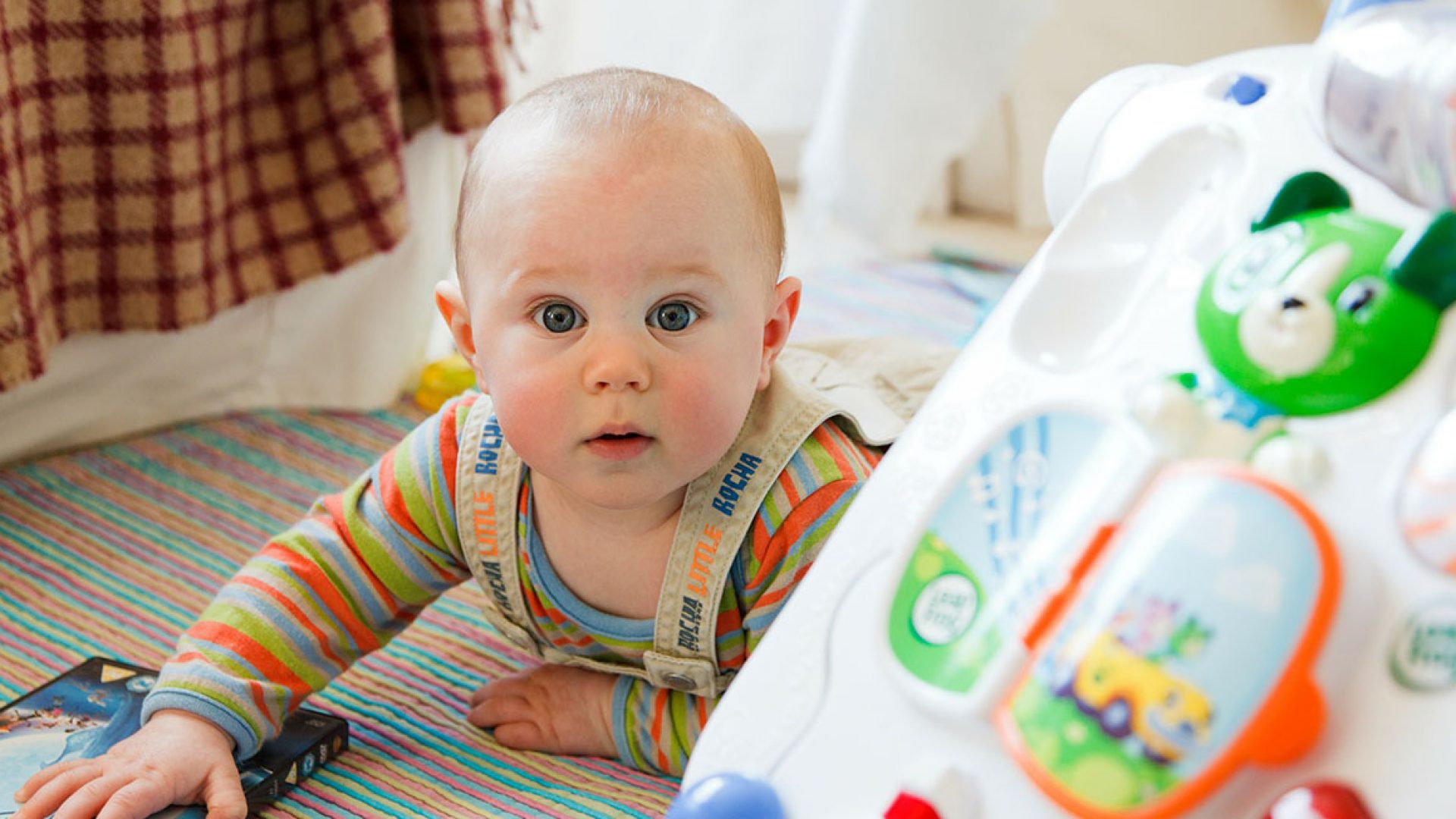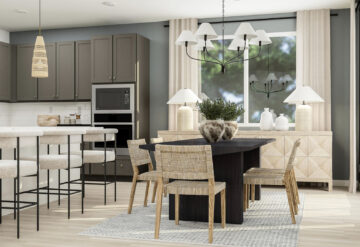Anyone who has lived with a baby knows it’s never to early to start childproofing your home. Babies and toddlers develop quickly, and with their constant growth comes greater curiosity and mobility. Before you know it, that tiny baby will be crawling and exploring every room in their home. Thankfully, it’s not difficult or expensive to childproof. This helpful guide from Lee Wallender for Fix.com highlights the areas of concern in your home and how to keep your smallest household members safe from hidden dangers.
Before you begin, it helps to know what you are guarding against. The Centers For Disease Control and Prevention (CDC) has identified several ways our children can get hurt. Falls account for the majority of emergency room visits. While this mainly pertains to children falling down stairs, out of windows, or off high places within the home, furniture and high objects falling onto children is a frequent occurrence and should be guarded against.
The remainder of injuries result from electrical shocks and burns, water hazards, and accidental ingestion of common household cleaners and medicines.
At the same time, do not be alarmed by causes of injury reported in sensationalist news items. For example, gastrointestinal injuries resulting from children swallowing rare earth magnets were splashed across the headlines several years ago. Yet according to CDC, only 18 cases occurred from 2003 to 2006. Keep these statistics in perspective and realize that most injuries result from the obvious – stairs and furniture – rather than the exotic.
Things you can do to babyproof your home – no purchase necessary
- Perform home reconnaissance – on your hands and knees – starting at the front door and methodically working through the home, room by room.
- Avoid using baby walkers, as they only increase your child’s mobility. With mobility comes access to dangerous areas.
- Bathtub supports and rings give parents a false sense of security; instead, always be in the bathroom and always be touching baby.
- Either purchase a new crib or make sure that the hand-me-down crib you are using conforms to the most recent CDC-mandated guidelines for safety.
- Turn down the temperature of your water heater to avoid scalding.
- Tuck electrical cords away and push heavy furniture in front of outlets. This will prevent your child from pulling on the cords.
- Store medicines and cleaning fluids on high shelves.
- Separate or cut window blind cords. Although it is important to note that the safest window-coverings don’t include any cords that could potentially harm a child.
- Ensure that smoke alarms are operable and that batteries are fresh.
- Workshops and hobby rooms containing tools should be locked up.
- Store guns trigger-locked and out of sight in locking gun cabinets. Do not rely on trigger locks alone.
- Remove area rugs and runners near staircases or other dangerous areas.
Read the full article: Childproofing Your Home | Fix.com





